Introduction When it comes to industrial automation and electrical connectivity, choosing the right terminal block is essential for ensuring efficiency, safety, and reliability. The YOKOGAWA ATI3S-00 S2 Terminal Block stands out as a robust and compact solution for various applications. With its precise dimensions and lightweight design, this terminal block is ideal for industries requiring high-performance electrical connections. In this article, we will explore the features, benefits, and applications of the YOKOGAWA ATI3S-00 S2 Terminal Block. Key Features of the YOKOGAWA ATI3S-00 S2 Terminal Block The YOKOGAWA ATI3S-00 S2 Terminal Block is designed to meet industrial standards, offering the following key features: Compact Size: Measuring 5.1 cm x 12.7 cm x 10.2 cm, this terminal block is suitable for installations with limited space. Lightweight Design: Weighing just 0.3 kg, it ensures easy handling and installation without adding extra load to the system. High-Quality Materials: Built with durable materials to withstand harsh industrial environments. Reliable Connectivity: Ensures secure and stable connections for various electrical applications. Versatile Compatibility: Suitable for different types of control panels, automation systems, and power distribution networks. Benefits of Using YOKOGAWA ATI3S-00 S2 Terminal Block Industrial users benefit from the YOKOGAWA ATI3S-00 S2 Terminal Block in multiple ways: Enhanced Electrical Safety: Designed to provide secure and stable connections, reducing the risk of electrical failures. Easy Installation and Maintenance: The compact and lightweight design allows for effortless installation and maintenance. Improved System Efficiency: Reliable connections contribute to the overall efficiency and performance of electrical systems. Long-Lasting Performance: Manufactured using high-quality materials to ensure durability and longevity. Adaptability to Various Applications: Can be used in automation, power distribution, and other electrical systems. Applications of YOKOGAWA ATI3S-00 S2 Terminal Block The YOKOGAWA ATI3S-00 S2 Terminal Block is widely used across different industries due to its high reliability and adaptability. Common applications include: Industrial Automation: Used in PLC control panels, automation systems, and machinery for efficient power distribution. Power Distribution Systems: Helps in managing power connections safely and effectively in electrical networks. Process Control Systems: Integrated into control cabinets for monitoring and controlling industrial processes. Building and Infrastructure Projects: Utilized in electrical panels for commercial and industrial buildings. Renewable Energy Systems: Supports the connectivity needs of solar and wind energy installations. Why Choose YOKOGAWA ATI3S-00 S2 Terminal Block? With numerous terminal blocks available in the market, the YOKOGAWA ATI3S-00 S2 Terminal Block stands out due to its: Precision Engineering: Designed for high accuracy a...
Read More
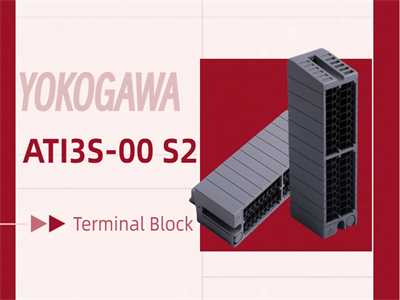
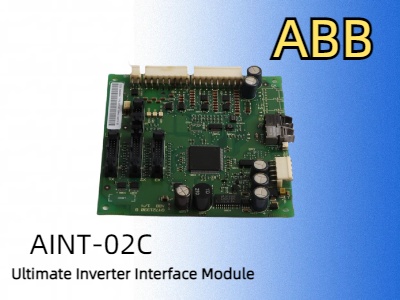
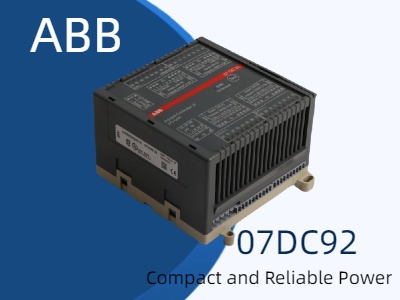
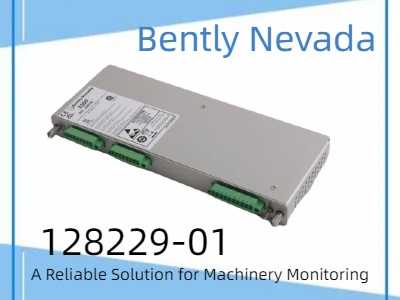
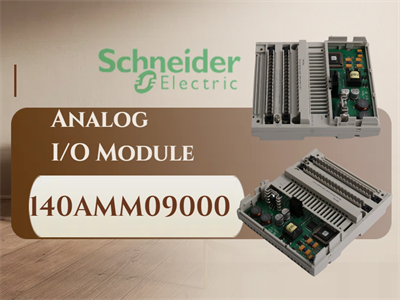
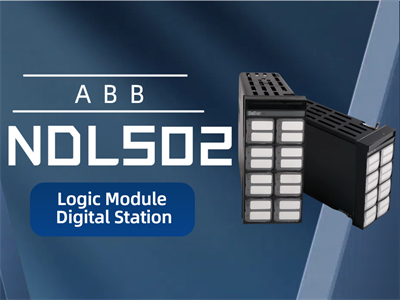
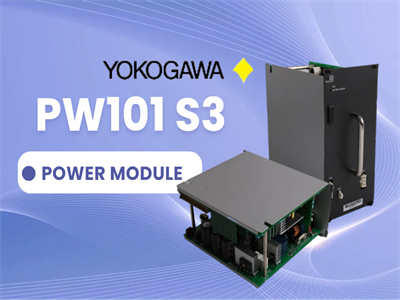
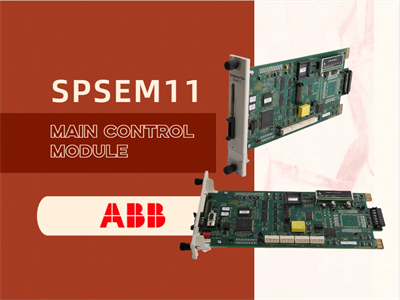
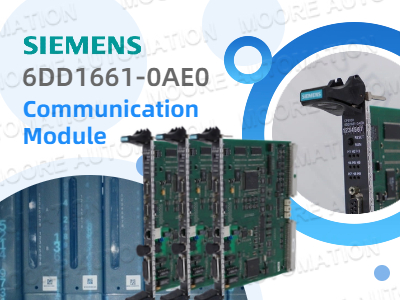

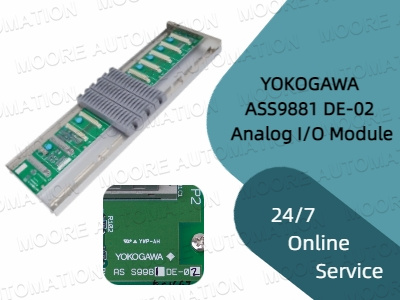

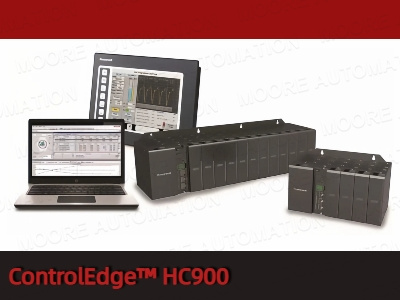











 IPv6 network supported
IPv6 network supported